
Perhaps I just have a bias against parallel dimensions (as evidenced from my interpretation of Silent Hill's otherworld), but I want to take some time to clear up what might be a mis-conception in the conventional wisdom interpretation behind Dark Souls' multiplayer summoning mechanics. Dark Souls co-op is not necessarily based on parallel dimensions, as many players seem to assume. It might, in fact, be intended to be an abstraction of some kind of time travel. I've noticed that many players online already seem to refer to the multiplayer mechanic of these games in terms of time travel, but I've yet to see any wikis, lore videos, or blogs that seem to explain multiplayer as a time travel mechanic.
I want to preface this analysis by stating that I'm not asserting that the following explanation is the absolute, 100% correct interpretation of the mechanic. Individual players may disagree based on their own reading of the game, and I'm personally somewhat conflicted on the topic myself. I merely want to propose this as a possible alternative to the defacto "parallel worlds" interpretation. I'm going to point out in-game evidence that supports the idea that Dark Souls' multiplayer is based on time travel, but there is also in-game evidence and mechanical evidence that flat-out contradicts that interpretation. I will address those contradictions as well. So that being said, please keep an open mind, and enjoy the read!
The summoning mechanic
There are two games in the series that are not part of the Dark Souls franchise, and which have different in-game explanations and rules for the same multiplayer features (more or less). Those games are, of course, Demon's Souls and Bloodborne. Both have asynchronous multiplayer and summoning mechanics that work similarly to Dark Souls.
Demon's Souls summoning operates under the idea of summoning the spirit of a fellow adventurer who's soul is trapped in the Nexus. This is why you must be in soul form in order to be summoned. Bloodborne's beckoning operates [similarly] under the principle of manifesting hunters out of dreams (which seems to operate under a similar cyclical paradigm to Dark Souls, but I'm not 100% sure). In Dark Souls, you aren't necessarily summoning ghosts (as you do in Demon's Souls), since the undead in Dark Souls are more akin to zombies than ghosts. Also, characters in Dark Souls can leave summon signs whether they are hollowed (dead) or in human form (revived), which is a significant alteration from Demon's Souls. A lore reason for summoning is provided in Dark Souls:
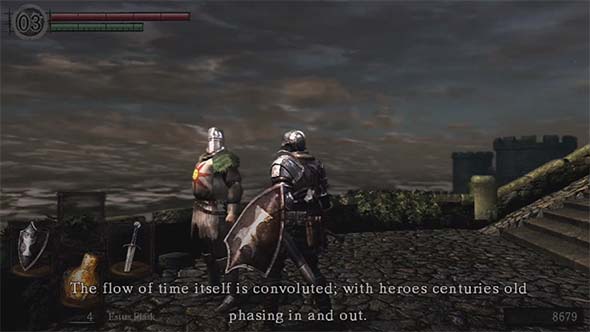
Solaire explains to us how summoning works:
"We are amidst strange beings, in a strange land.
The flow of time itself is convoluted; with heroes centuries old phasing in and out.
The very fabric wavers, and relations shift and obscure.
There's no telling how much longer your world and mine will remain in contact.
But, use this, to summon one another as spirits, cross the gaps between worlds, and engage in jolly co-operation!"
Both Solaire's dialogue, and the White Sign Soapstone (along with other online play items) make references to other "worlds", which leads to many jumping to the conclusion that each player's game is a sort of parallel universe within the Dark Souls lore. However, this may not necessarily be correct. Both Solaire's dialogue and the soapstone also provide explanations for these worlds: "time is convoluted | distorted". This seems to be the explanation for what is meant by "worlds", and it seems that Solaire and the in-game descriptions may be using "time" and "world" interchangeably (could it be a translation / localization issue?). The phrasing in the white soapstone's description joins "the flow of time is distorted", and "the White Soapstone allows undead to assist one another", into a single, compound sentence, which definitely implies that the two phrases (and ideas) are linked.
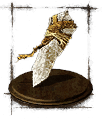
"Online play item. Leave summon sign.
Be summoned to another world as a phantom through your sign, and defeat the area boss to acquire humanity.
In Lordran, the flow of time is distorted, and the White Sign Soapstone allows Undead to assist one another"
The dialogue of Saulden (the Crestfallen Warrior of Dark Souls II) is even more explicit... [More]
b4b5ccdc-fe67-4add-901b-a41077204778|4|5.0
Tags:Dark Souls, Dark Souls II, Dark Souls III, lore, summon, phantom, multiplayer, From Software, time travel, paradox, grandfather paradox, predestination paradox, parallel dimension, soapstone, Solaire, Crestfallen
Warrior, Crestfallen Saulden, Lautrec, Ringfinger Leonard, Anri of Astora, Sirris of the Sunless Realms, Black Iron Tarkus, Iron Golem, Anor Londo, invasion, Demon's Souls, Bloodborne
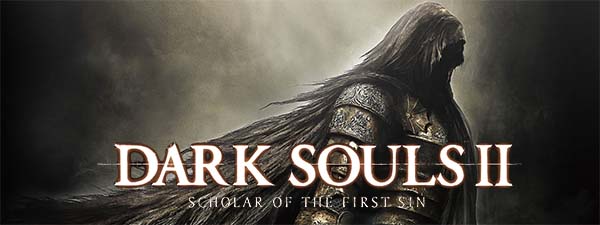
Hot off of playing Bloodborne's The Old Hunters DLC, and with Dark Souls III just over the horizon, I thought I'd get myself hyped up by playing through the re-release of Dark Souls II, Scholar of the First Sin. This version of the game is a next-gen enhancement of the original game that was released on the PS3, XBox 360, and PC a year prior, and it includes improved graphics, faster frame rate, and more challenging enemy-placement. It's available on PS4, XBox One, and PC, and is treated as a completely different game as the original version. It's not a DLC or a patch update (though it does include all three of Dark Souls II's DLC content).
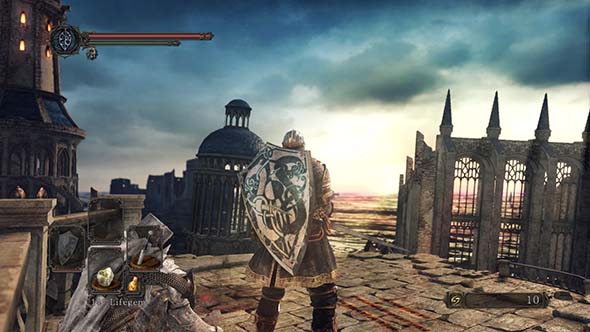
Scholar of the First Sin looks much smoother in motion, with higher resolution and framerate.
Lighting and textures are (at best) only marginally improved from the last-gen release.
I was honestly expecting Scholar of the First Sin's graphics to be considerably better than they are. In fact, I honestly don't think the graphics are much better than the last-gen release; I think the only difference is that it displays at full 1080 resolution and plays at a high end of 60 frames per second. Colors are a little more vibrant, and the game doesn't look as washed-out, but models and environments don't seem any more complex, and textures are only maybe slightly more detailed. Unfortunately, darkness still isn't as dark as it needs to be to make the torch as necessary for exploration as it was apparently intended to be. In pre-release demos, darkness was implied to be a complete fade to black that rendered objects within the dark invisible. Simply adjusting the brightness of your TV wouldn't change that. In the released version, darkness doesn't go completely black, so objects are only hidden if your TV brightness is low - lower than the recommended brightness level of the game. Even then, the release game looks brighter, and Scholar of the First Sin does very little to change that.
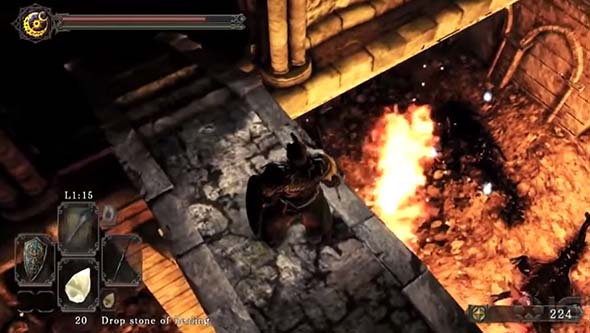
PREVIEW FOOTAGE showcased greater contrast between light and dark, and more detailed textures and geometry...
This graphical downgrade, the complete failure of FROM or Namco/Bandai to inform the public about it, and the resultant misleading marketing that repeatedly showed demos, screenshots, and footage that wasn't representative of the final product left a huge negative impression on a lot of players - especially those who pre-ordered it. That poor initial taste is probably a huge part of the reason why this game has gotten such a negative reception, even though that negative reception is mostly warranted. Scholar of the First Sin was an opportunity to wash that bad taste out of consumers' mouths and give us the game that was advertised, marketed, and pre-ordered. But Namco and FROM didn't bother.
Darkness is just rarely ever a meaningful component of the gameplay. Darkness may lower the range of target locks though, so even though I could plainly see enemies, I felt like I wasn't able to target lock them as readily as I could in the PS3 version. Even so, there's enough sconces laying around that you can light a sconce, extinguish your torch to fight, then re-light it at the sconce after all the enemies have been dispatched. It ends up just being some extra overhead if you care enough to bother with it, and not an essential element of gameplay.
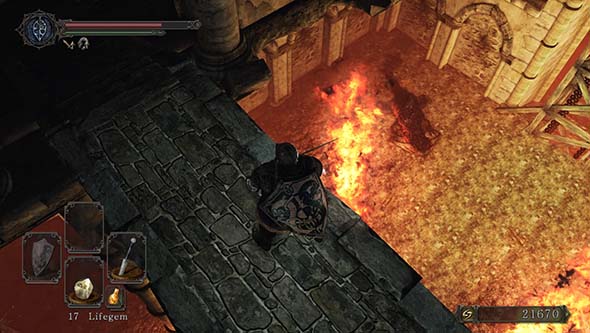
... FINAL PRODUCT shows low contrast between light and dark, frequent repeated textures, and simplified geometry.
Textures, character models, and world geometry don't look noticeably better. Many areas still have generally blander textures than what was presented in pre-release videos, and the textures noticeably repeat. World geometry also seems less detailed and intricate compared to pre-release videos, which takes away a lot of the personality that these preview areas exhibited. I was expecting Scholar of the First Sin to restore many of these superior textures and models from the previews, and I'm really disappointed that the game doesn't look better than it does.
Darker contrast in previews [LEFT] made real-time shadows more vibrant,
and creatures more threatening and mysterious than in the release build [RIGHT].
The improved textures also don't do much to help the game's generally bland art design. There aren't many visually-appealing locations in the game, as they are all just variations of run-down castles and forest paths. Most of them have pretty sparsely-decorated hallways with simple geometry that has little-to-no personality. There's nothing here that even approaches the ominousness of Demon's Souls' Latria, and the oppressive environments of Bloodborne make Dark Souls II almost serene by comparison. Again, Scholar of the First Sin does little-to-nothing to address this. No Man's Wharf probably remains my favorite location in this game, as it's one of the few locations that takes place in a fairly unique setting that actually utilizes light and dark for gameplay purposes.
So while the visual upgrade doesn't really add much to the game, the higher framerate definitely does make a noticeable difference. The PS4 doesn't seem to maintain a full 60-fps at all times, but it seems to always run better and smoother than the 20-30 fps of the PS3 version. Animations are much smoother, and ambient effects (such as foliage swaying in the wind) look much better. I admittedly had to spend some time re-adjusting to the game's speed. After coming back from the rapid pace of Bloodborne, this game almost seemed to be moving in slow motion, and the higher framerate probably contributed greatly to that sensation. That's not necessarily a bad thing; it's just a stylistic difference. Scholar of the First Sin plays smoothly (on the PS4), and it looks decent (even though it should have looked better)... [More]
ac8d6f88-ca6d-4def-983d-10eea4ed035b|2|4.0
Tags:Dark Souls II: Scholar of the First Sin, Dark Souls II, Dark Souls, From Software, online, PvP, co-op, covenants, summon, invader, invasion, phantom, shade, soapstone, covenant, torch, DLC, Crown of the Sunken King, Crown of the Old Iron King, Crown of the Ivory King
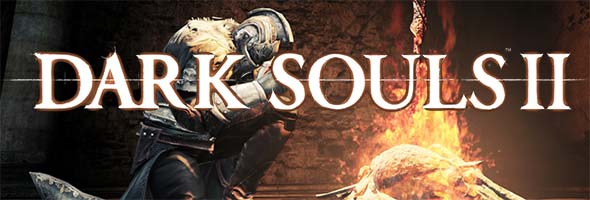
I recently posted my much-belated review of Dark Souls II. In it, I criticized the game for having lackluster online components, but didn't go into much detail other than to say that Soul Memory seems like a non-optimal matchmaking method and that invasions are rare and reserved for elite players. I wanted to take a moment to go over some of the other complaints that I have with the game's online mechanics, as well as to offer some suggestions for improving them. While it seems unlikely that From will make significant mechanical changes at the fundamental levels that I am about to propose, the fact that there is still at least one more DLC incoming means they have the opportunity to do so.
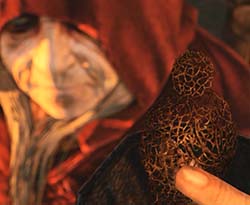
Human Effigies were too rare to be
the only means of revival.
When the game initially released, humanity could only be restored by consuming a Human Effigy. This mechanic was an interesting departure, since the previous games had both relied on defeating bosses as the primary way of reviving. The idea of requiring a consumable item to restore humanity wasn't exactly earth-shattering or fundamentally broken, but the specific implementation had one major flaw: Human Effigies were very rare, and there was no way to farm them!
This made deaths feel extremely punitive and proved unpopular with players and critics, and so From reversed their design and went back to granting revivals from boss kills.
After the 1.03 patch, maintaining your humanity has become almost trivial. This is mostly due to the fact that the White Soapstone can be placed anywhere in the level (including right outside a boss's fog gate), and that players can use the Small Soapstone to fully restore humanity by spending a couple minutes killing standard enemies. By using the Small Soapstone, you spend a few minutes in another player's world, and killing enemies shortens this duration. At the end, you are sent back to your own world with fully restored health, humanity, item condition, estus, and a small reward (usually a Smooth & Silky Stone).
Revival via the Small Soapstone makes it far too easy to keep your humanity. It requires only a minimal investment of time and effort, and you don't even have to beat a boss to fulfill it. This practically nullifies the cumulative loss of health from hollowing and makes it almost trivial to maintain humanity throughout most of the game.
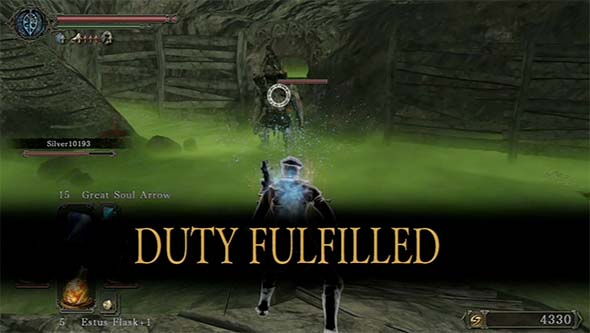
The Small White Soapstone can be used to easily restore full humanity - sometimes without any effort by the player!
Instead of full restoration, it should provide a partial restoration.
Fixing this imbalance seems easy enough: completing the Small Soapstone task should only partially restore the player's humanity. Instead of a full restore, the player's max HP could be restored equivalent to a single death... [More]
7a1f7437-6f97-409e-aacb-9ef8e2f0c931|0|.0
Tags:Dark Souls II, Dark Souls, From Software, Namco/Bandai, online, multiplayer, co-op, summon, PvP, soul memory, invasion, phantom, shade, black phantom, red phantom, white phantom, blue phantom, gold phantom, covenant, soapstone, Cracked Red Eye Orb, Cracked Blue Eye Orb, Human Effigy, Chariot Executioner, Old Monk
|

| 12 | | | | | | | 60 | | 11 | | | | | | | 55 | | 10 | | | | | | | 50 | | 09 | | | | | | | 45 | | 08 | | | | | | | 40 | | 07 | | | | | | | 35 | | 06 | | | | | | | 30 | | 05 | | | | | | | 25 | | 04 | | | | | | | 20 | | 03 | | | | | | | 15 | | 02 | | | | | | | 10 | | 01 | | | | | | | 05 |
|